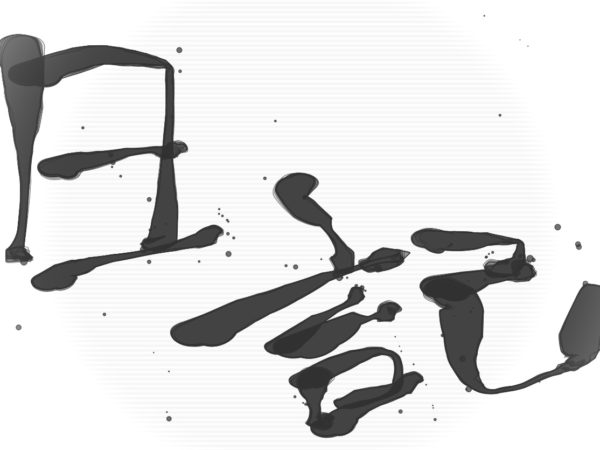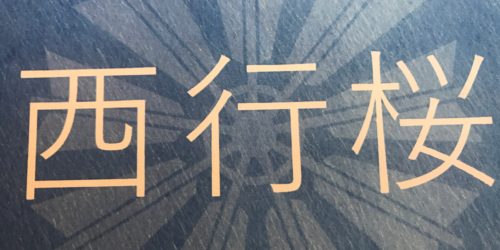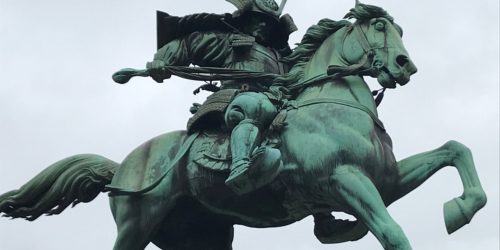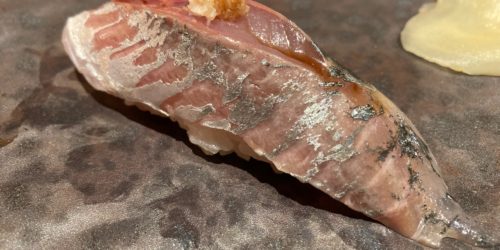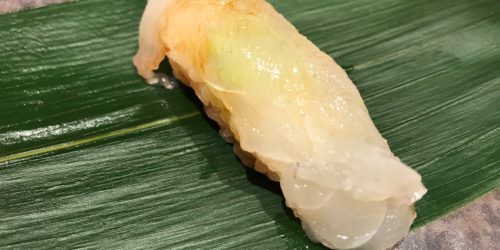The cherry blossoms are beautiful, but that isn’t all
The Imperial Moat named Chidori-ga-fuchi is famous for its cherry blossoms (many of them are a popular type named, “Somei-yoshino”).
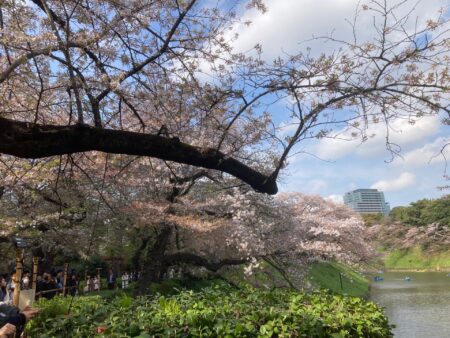
One day, I took a walk around the moat. The cherry blossoms were starting to fall, and a flurry of cherry blossoms poured down like snow.
I found a small information board in some bushes near the British Embassy in Tokyo.
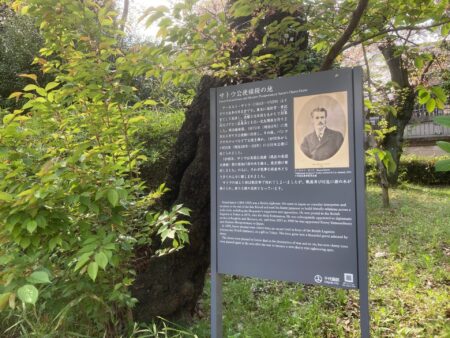
It was written there like this, “Envoy Extraordinary and Minister Plenipotentiary Satow’s Cherry Grove”.
Sir Ernest Mason Satow (1843 – 1929) was
a British diplomat.
I have read accounts of him before, so the name sounded familiar.
Satow planted cherry trees in front of the British Embassy in Tokyo.
After his death, many of those cherry trees were burned during The Great Tokyo Air Raids.
However, new cherry trees were planted after the war.
So, we can enjoy the beautiful scenery today.
The Imperial moat wouldn’t be the cherry blossom viewing spot without Satow.
That spring scenery in the Imperial moat is a kind of Japanese work of art that was produced by the British diplomat.
I believe that his love for Japan resided within the beautiful cherry blossoms after his death.
Falling cherry blossoms have something fascinating that is found in other flowers.
The cherry blossoms are beautiful, but that isn’t all.
They make me imagine the transience of human life.
Our lives may be as short as the cherry blossom season in the long run.
Therefore, I tend to identify with the cherry blossoms, and their beauty always touches my heart.
I think I understand the reason why ancient Japanese poets loved cherry blossoms.
